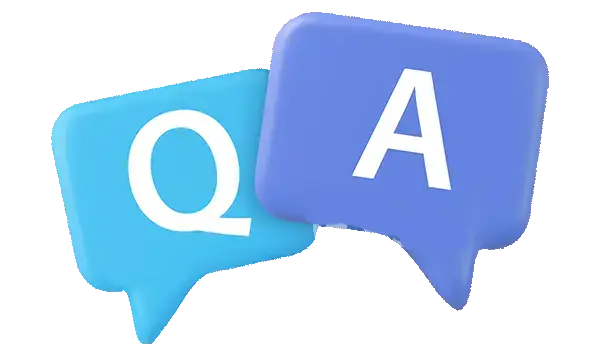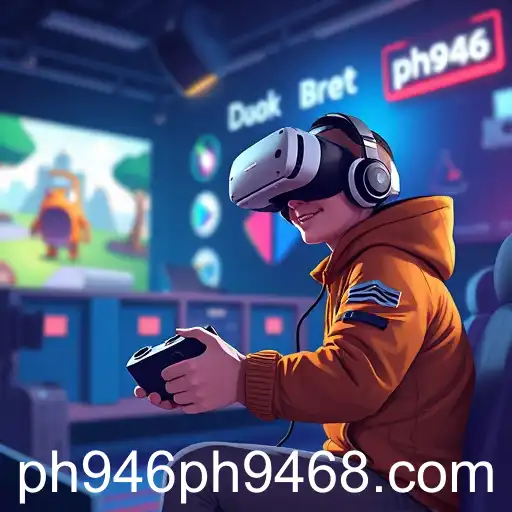Educational Games


Exploring the Impact of Educational Games in Modern Learning Environments

In recent years, educational games have witnessed a rapid surge in popularity, establishing themselves as a critical component in modern learning environments. These games provide a unique intersection of fun and education, ensuring that learners receive the knowledge they need while engaging in entertaining activities. The category of educational games on various platforms, marked by the keyword 'ph946', represents this innovative intersection.
The rise of educational games can be attributed to several factors. First, the proliferation of technology in classrooms has opened new doors for interactive learning. Smartboards, tablets, and computers are now commonplace in schools, allowing for seamless integration of digital games into curricula. Educational games can cover a wide range of subjects, from mathematics and science to language learning and history.
One of the most significant advantages of educational games is their ability to cater to different learning styles. Visual learners can benefit from graphics and animations, while auditory learners can enjoy sound-based instructions. Kinesthetic learners, often underserved by traditional methods, can thrive as they interact physically with the game’s elements.
Furthermore, educational games often incorporate immediate feedback mechanisms, which are invaluable for learning. Players can quickly understand what they need to improve and receive motivational boosts through rewards and game progressions. This immediate feedback is something traditional educational methods struggle to offer effectively.
Research has shown that educational games can increase motivation and engagement among students. When learning feels more like a game and less like a chore, students are prone to invest more time and effort. This is important for subjects that students typically find challenging or uninteresting.
Some popular examples of educational games include language apps like Duolingo, math-based platforms like Prodigy, and critical thinking developers like Minecraft: Education Edition. These tools have been incorporated not only in school-based education but also through parental guidance at home.
However, it’s important to address the challenges that come with this educational evolution. Accessibility remains a problem, as not all students have access to the necessary technology. Additionally, not all educational games are created equal. The quality and educational value can vary greatly, making it essential for educators and parents to scrutinize the options available critically.
In conclusion, educational games, encapsulated by the keyword 'ph946', have proven to be a transformative force in education. By offering a blend of entertainment and learning, they cater to the needs of today’s digital-age learners. As technology continues to advance, the role of educational games in learning will likely grow, promising a future where education is synonymous with play.
The Digital Revolution in Gaming: A Look at 'ph946'
Exploring the impact of 'ph946' and the evolving landscape of online gaming.
The Rise of Interactive Gaming in 2025
Exploring the evolution of the digital gaming landscape in 2025 and the role of the ph946 platform.
Gaming Trends and Innovations in 2025
Explore the groundbreaking developments and community dynamics shaping the gaming world in 2025.
 Skip to content
Skip to content




